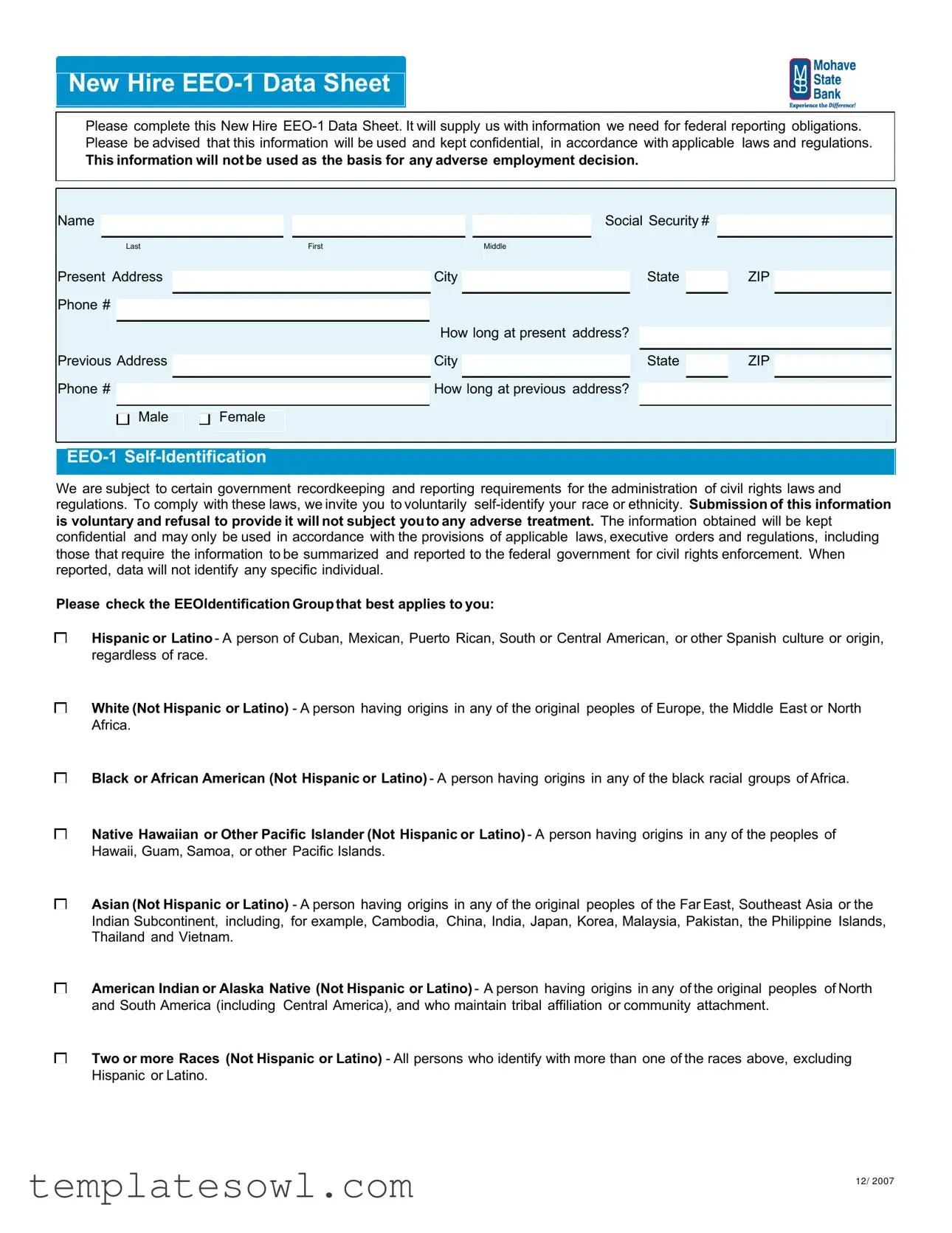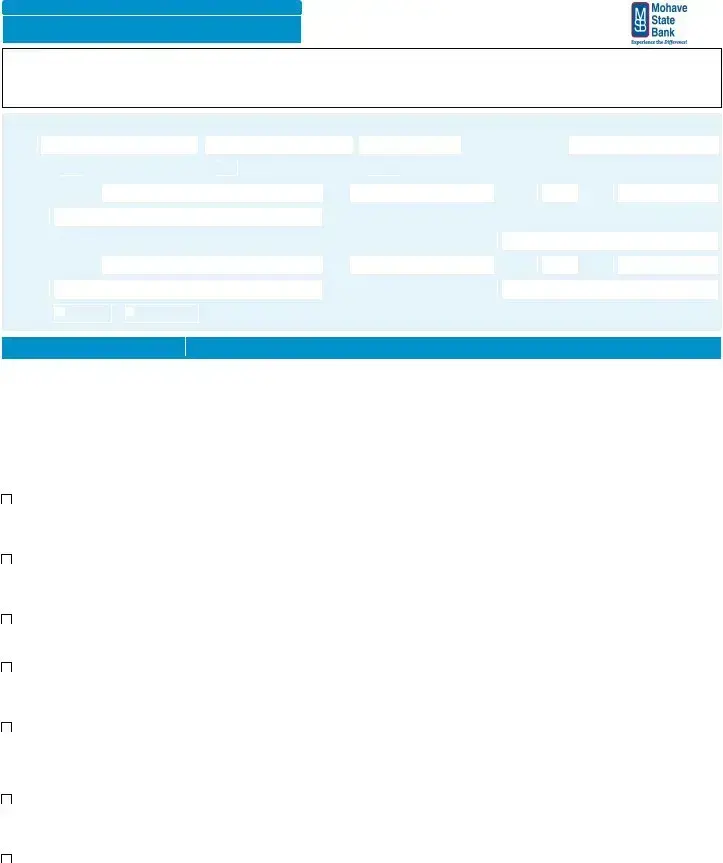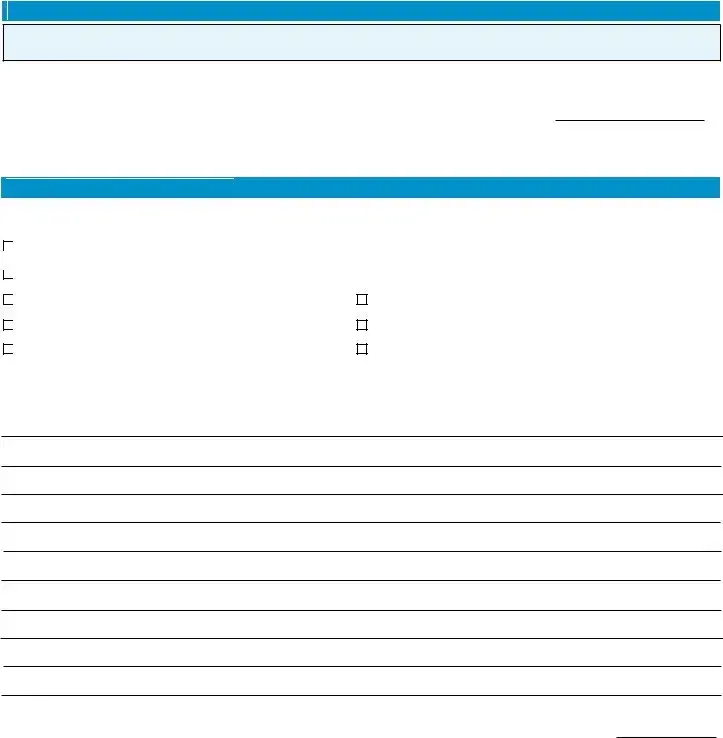New Hire EEO-1 Data Sheet
Please complete this New Hire EEO-1 Data Sheet. It will supply us with information we need for federal reporting obligations. Please be advised that this information will be used and kept confidential, in accordance with applicable laws and regulations.
This information will notbe used as the basis for any adverse employment decision.
Name |
|
|
|
|
|
|
|
|
|
|
|
Social Security # |
|
|
|
|
|
|
|
|
|
|
|
|
|
|
|
|
|
|
|
|
|
|
|
|
|
|
|
|
|
|
|
Last |
|
|
|
|
|
First |
|
Middle |
|
|
|
|
|
Present Address |
|
|
|
|
|
|
|
City |
|
|
|
|
State |
|
ZIP |
|
Phone # |
|
|
|
|
|
|
|
|
|
|
|
|
|
|
|
|
|
|
|
|
|
|
|
|
|
|
|
|
|
|
|
|
|
|
|
|
|
|
|
|
|
|
|
|
|
|
|
|
|
|
|
How long at present address? |
|
|
|
|
|
|
|
|
|
|
|
|
|
|
|
|
|
|
|
|
|
|
|
|
|
|
|
|
|
|
|
|
|
|
|
|
|
|
|
|
|
Previous Address |
|
|
|
|
|
|
|
City |
|
|
|
|
State |
|
ZIP |
|
|
|
|
|
|
|
|
|
|
|
|
|
|
|
|
|
|
|
|
Phone # |
|
|
|
|
|
|
|
How long at previous address? |
|
|
|
|
|
|
|
|
|
|
|
|
|
|
|
|
|
|
|
|
|
|
|
|
|
|
|
|
Male |
|
|
|
Female |
|
|
|
|
|
|
|
|
|
|
|
|
|
|
|
|
|
|
|
|
|
|
|
|
|
|
|
|
|
|
|
|
|
|
|
|
|
|
|
|
|
|
|
|
|
|
|
|
|
|

 EEO-1 Self-Identification
EEO-1 Self-Identification
We are subject to certain government recordkeeping and reporting requirements for the administration of civil rights laws and regulations. To comply with these laws, we invite you to voluntarily self-identify your race or ethnicity. Submission of this information is voluntary and refusal to provide it will not subject youto any adverse treatment. The information obtained will be kept confidential and may only be used in accordance with the provisions of applicable laws, executive orders and regulations, including those that require the information to be summarized and reported to the federal government for civil rights enforcement. When reported, data will not identify any specific individual.
Please check the EEOIdentification Groupthat best applies to you:
Hispanic or Latino- A person of Cuban, Mexican, Puerto Rican, South or Central American, or other Spanish culture or origin, regardless of race.
White (Not Hispanic or Latino) - A person having origins in any of the original peoples of Europe, the Middle East or North Africa.
Black or African American (Not Hispanic or Latino)- A person having origins in any of the black racial groups of Africa.
Native Hawaiian or Other Pacific Islander (Not Hispanic or Latino)- A person having origins in any of the peoples of Hawaii, Guam, Samoa, or other Pacific Islands.
Asian (Not Hispanic or Latino) - A person having origins in any of the original peoples of the Far East, Southeast Asia or the Indian Subcontinent, including, for example, Cambodia, China, India, Japan, Korea, Malaysia, Pakistan, the Philippine Islands, Thailand and Vietnam.
American Indian or Alaska Native (Not Hispanic or Latino)- A person having origins in any of the original peoples of North and South America (including Central America), and who maintain tribal affiliation or community attachment.
Two or more Races (Not Hispanic or Latino) - All persons who identify with more than one of the races above, excluding Hispanic or Latino.
12/ 2007
Reasonable Accommodation
In the event you believe there is a reasonable accommodation that will assist you in performing the essential functions of your job, please contact your manager or Human Resources.

 To Be Completed By Employers:
To Be Completed By Employers:
From the EEO job categories listed below, which one best describes the employee's position
Executive/Senior-Level Officials and Managers |
|
Administrative Support Workers |
First/Mid-Level Officials and Managers |
|
Craft Workers |
|
Professionals |
|
Operatives |
Technicians |
|
Laborers and Helpers |
Sales Workers |
|
Service Workers |
Notes:
* To be filed separately from employment application. *



 EEO-1
EEO-1

 To Be Completed By Employers:
To Be Completed By Employers: